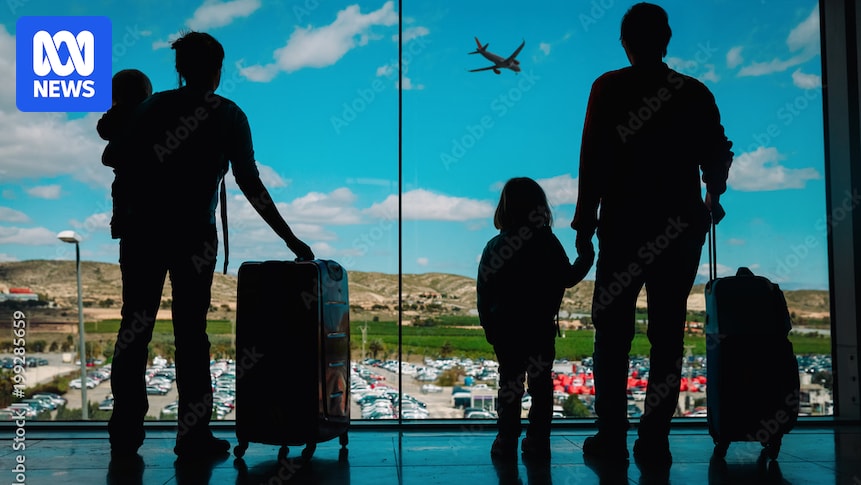
The recent Air India crash in Ahmedabad, which tragically claimed the lives of 270 people, has reignited concerns over airline safety. The Boeing 787 Dreamliner, en route to London, crashed into a medical college dormitory shortly after takeoff, marking the worst aviation disaster in a decade. While investigations are ongoing, it has emerged that India’s civil aviation regulator had previously issued warnings to Air India regarding overdue safety checks on other aircraft, raising questions about how travelers can assess airline safety and why some information remains undisclosed.
Despite the availability of websites that rate airline safety, not all relevant information is accessible to the public. This lack of transparency has left many wondering about the measures in place to ensure passenger safety and the reasons behind the limited disclosure of safety records.
Available Safety Information and Its Limitations
For those seeking to understand airline safety, resources like AirlineRatings.com provide a starting point. This Australian-based website offers a seven-star safety rating system for airlines worldwide, factoring in elements such as fatal crashes over the past decade. However, it excludes incidents resulting from terrorism, hijackings, or pilot suicides.
According to Dr. Chrystal Zhang, an aviation expert from RMIT University, while such resources can be helpful, they are limited to publicly available data. Consumers can also explore media reports and airline annual reports for insights into aircraft age and corporate culture, although this information can be difficult to interpret.
“From the public’s perspective, it is very hard,” Dr. Zhang noted, highlighting the challenges consumers face in accessing comprehensive safety information.
The Complexity of Airline Safety Standards
Airline safety standards are governed by a combination of international agreements and national regulations. The Chicago Convention, established by the International Civil Aviation Organisation (ICAO), sets the foundational principles for international civil aviation, including safety protocols. However, the implementation of these standards varies by country, depending on domestic aviation laws.
In Australia, for example, the Civil Aviation Safety Authority (CASA) regulates airlines, ensuring they adhere to stringent safety standards. Peter Gibson, a CASA spokesperson, explained that while airlines must comply with these regulations, not all maintenance details can be made public due to the complexity and volume of data involved.
“We would find it very difficult to get the airlines to give us the full and complete access we now have, if they knew that every single thing they did, every single bit of information they provided, would be made public,” Gibson stated.
Debate Over Public Access to Safety Records
The question of whether airline maintenance information should be publicly available is contentious. Dr. Zhang argues that while consumers have a right to information for informed decision-making, certain details may be commercially sensitive and could stifle innovation within the industry.
“Perhaps there could be more detailed [safety] information [in the annual reports] — it’s a good debate and conversation that should be had,” Dr. Zhang suggested.
John Ribbands, an aviation law specialist, echoed this sentiment, emphasizing that airlines have a vested interest in maintaining safety records for business and marketing purposes. He noted that large airlines often become self-regulating due to their size and organizational structure.
Ensuring Passenger Safety Amid Limited Information
Despite the challenges in accessing comprehensive safety data, consumers can take solace in the rigorous regulatory frameworks in place. Australia’s aviation sector, for instance, is tightly regulated, with all operators required to meet the same safety standards, regardless of size or ticket price.
As the investigation into the Air India crash continues, focusing on potential issues with the engine and landing gear, the broader conversation about airline safety and transparency persists. While air travel remains one of the safest modes of transportation, the need for ongoing dialogue about safety standards and public access to information is clear.
Ultimately, while safety records provide a snapshot of past performance, they cannot predict future incidents. As Dr. Zhang pointed out, even airlines with impeccable safety records can face unforeseen challenges, underscoring the complexity of ensuring passenger safety in the aviation industry.





